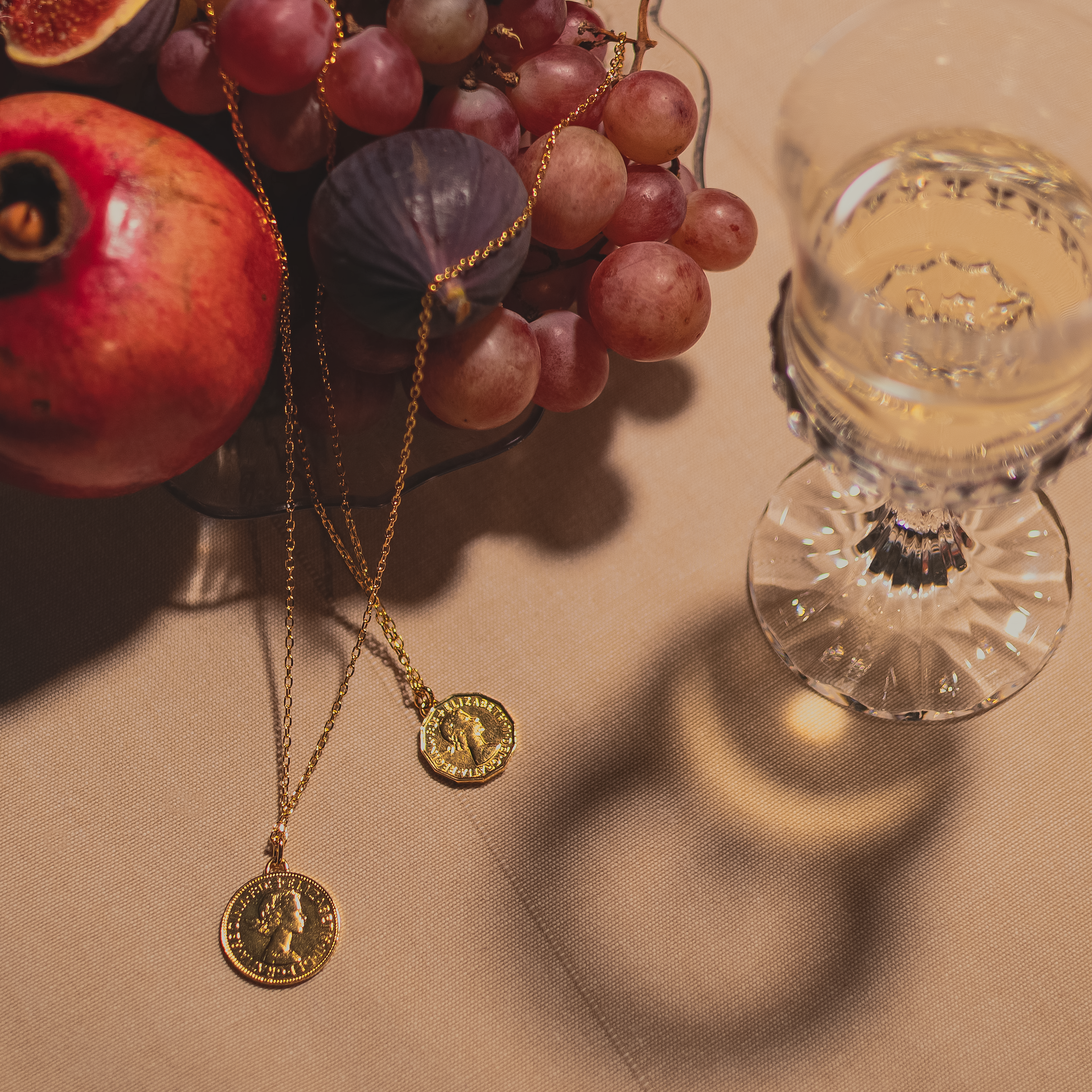
10 Tips to Tell if a Coin is Real and Not a Replica in Jewelry
When it comes to coin jewelry, ensuring that the coins are genuine is essential for collectors and fashion enthusiasts alike. With the rise of replicas and reproductions, knowing how to identify a real coin can save you from making unwise purchases. Here are ten tips to help you determine if a coin is real and not a replica when examining jewelry.
1. Check the Weight
One of the easiest ways to assess a coin's authenticity is by weighing it. Each coin has a specific weight based on its metal composition and size. Use a precise scale to measure the coin's weight, and compare it to official specifications for that particular coin. If the weight differs significantly, the coin may be a replica.
2. Examine the Sound
A genuine coin will produce a distinct sound when dropped or tapped against a hard surface. Authentic coins create a clear, ringing tone, while replicas may emit a duller sound due to differences in metal composition. Conduct a simple sound test to help evaluate authenticity.
3. Inspect the Edge
The edges of coins can provide clues about their authenticity. Genuine coins typically have specific edge designs—such as reeding, lettering, or a smooth finish—based on their minting process. Examine the edge closely and compare it to images of authentic coins to spot any irregularities.
4. Look for Mintmarks and Design Details
Most valuable coins will have mintmarks indicating where they were produced, as well as intricate design details that may be difficult to replicate accurately. Use a magnifying glass to closely inspect the coin for these features. Pay attention to details like the quality of engraving and the sharpness of the design.
5. Compare with an Authentic Coin
If you suspect a coin may be a replica, consider examining a genuine coin of the same type for comparison. Holding both coins can help you detect subtle differences in weight, design, and feel. This comparison can reveal inconsistencies that might indicate one of the coins is not genuine.
6. Observe the Finish and Patina
Real coins often develop a natural patina over time, which can give them unique character and depth. Examine the coin closely for this aged look; replicas might have a uniform, overly polished finish that lacks texture. Genuine coins will often show signs of wear that are consistent with their age, while replicas may appear too new or artificial.
7. Conduct the Water Test
Real coins will typically sink when placed in water, while some lightweight replicas might float. While this method is not foolproof, it can help clue you into the coin's authenticity, especially in conjunction with other tests.
8. Look for Inconsistencies in Design
Examine the coin closely for any inconsistencies in its design. Replicas may have noticeable flaws or altered features that deviate from original designs. Compare the coin with images of verified authentic coins, and take note of any discrepancies in details like inscriptions or imagery.
9. Seek Expert Advice
When in doubt, consult a professional appraiser or numismatist who can help determine the authenticity of a coin. Experts possess the tools and knowledge required to accurately assess coins and can provide valuable insight that may not be apparent to the untrained eye.
10. Purchase from Reputable Sources
To avoid replicas altogether, buy coin jewelry from reputable jewelers or coin dealers known for their authenticity. Avoid purchasing from unknown vendors or markets where counterfeit coins are more likely to circulate.
Determining whether a coin is real or a replica, particularly in jewelry, requires a keen eye and specific knowledge about coins. By following these ten tips, you can make informed decisions and ensure that your collection features authentic pieces.

